Magnolias for the Seattle area
laurell
15 years ago
Featured Answer
Sort by:Oldest
Comments (14)
Embothrium
15 years agoEmbothrium
15 years agoRelated Professionals
Rancho Cordova Landscape Architects & Landscape Designers · Signal Hill Landscape Architects & Landscape Designers · White Oak Landscape Architects & Landscape Designers · Clayton Landscape Contractors · Fountain Valley Landscape Contractors · Norwalk Landscape Contractors · Siloam Springs Landscape Contractors · Thornton Landscape Contractors · Four Corners Landscape Contractors · Coram Fence Contractors · Fountain Fence Contractors · Fremont Fence Contractors · Manassas Fence Contractors · Monrovia Fence Contractors · Oakdale Fence Contractorslaurell
15 years agoian_wa
15 years agoEmbothrium
15 years agoEmbothrium
15 years agolaurell
15 years agohomernoy
13 years agobotann
13 years agoEmbothrium
13 years agoreg_pnw7
13 years agoEmbothrium
13 years agomerrygardener
13 years ago
Related Stories
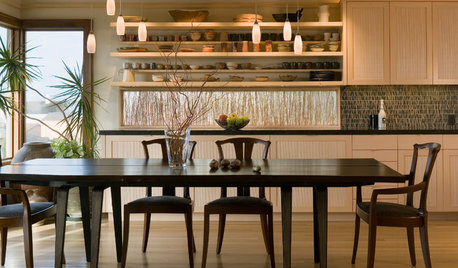
KITCHEN DESIGNKitchen of the Week: Organic Modernism in Seattle
Craftsmanship from top to bottom gives a linear kitchen overlooking Puget Sound a natural feel
Full Story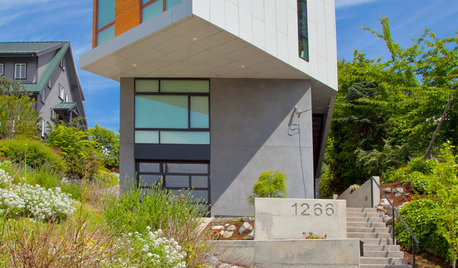
CONTEMPORARY HOMESHouzz Tour: Craning Toward the View in Seattle
‘Head turning’ takes on new meaning with this modern two-story home overlooking the mountains
Full Story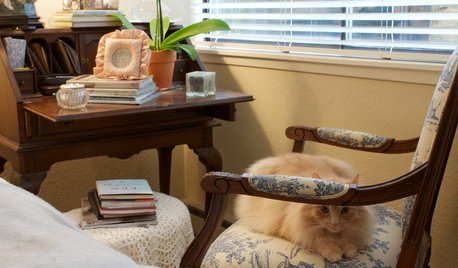
DECORATING GUIDESSee a Seattle-Area Home Steeped in Graciousness
Brimming with welcoming touches, this condo shows that a home short on space and decorating funds can still go long on personal style
Full Story
TREESGreat Design Plant: Southern Magnolia, Iconic U.S. Native
Massive, fragrant blooms and deep green leaves set Magnolia grandiflora apart from other large shade trees
Full Story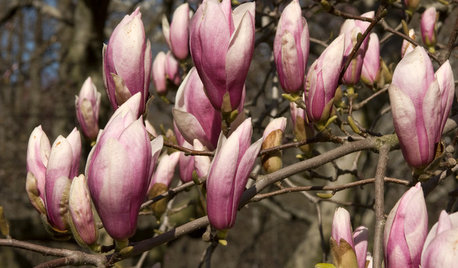
LANDSCAPE DESIGNGreat Design Plant: Saucer Magnolia
Witness its glorious spectacle in early spring, but this specimen tree brings other delightful visuals to a garden too
Full Story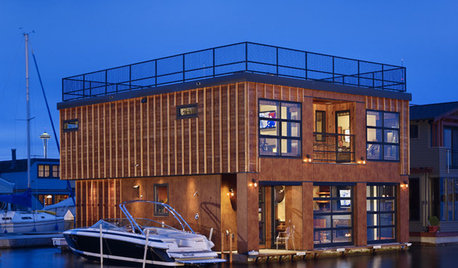
HOUZZ TOURSHouzz Tour: Industrial Floating Home in Seattle
A Seattle couple downsizes to a dreamy floating house on Lake Union, with a putting green, local artwork and an industrial aesthetic
Full Story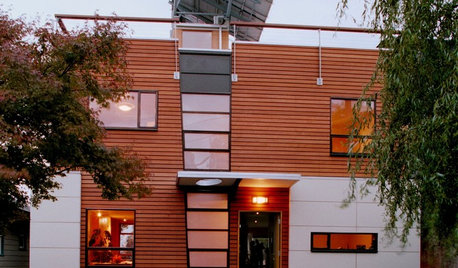
GREEN BUILDINGCity View: Seattle Design Reveals Natural Wonders
Love of the local landscape, along with a healthy respect for the environment, runs through this city's architecture and interior design
Full Story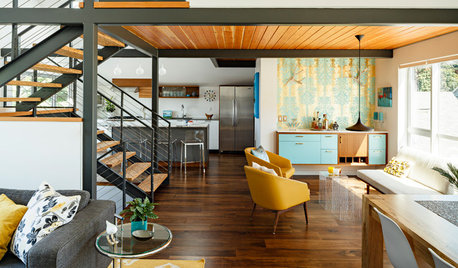
HOUZZ TOURSHouzz Tour: A Seattle Remodel Channels Palm Springs
Indoor and outdoor living merge atypically in this Pacific Northwest home, thanks to California-style updates
Full Story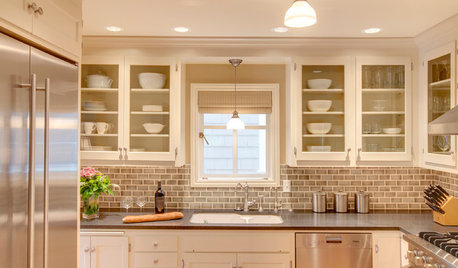
INSIDE HOUZZInside Houzz: Ideabooks Aid Design Collaboration in Seattle
Homeowners find their designers on Houzz, use ideabooks to communicate their remodeling ideas, and get the home they'd longed for
Full Story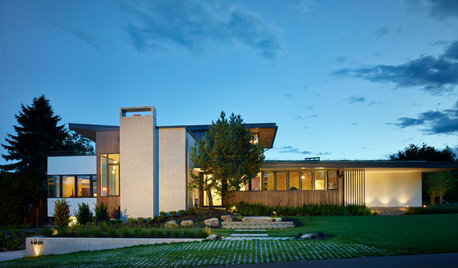
CONTEMPORARY HOMESHouzz Tour: Tapping Midcentury Mod and Views in Seattle
Openness to the patio and mountain views give this 1950s home an appealing connection to nature
Full StoryMore Discussions









newtonw